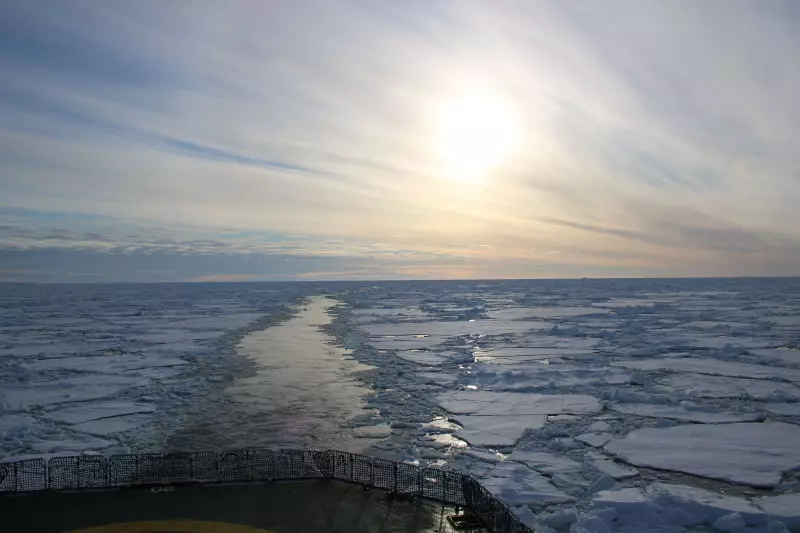
In an astonishing twist of scientific exploration, researchers hunting for one of history's most famous shipwrecks have stumbled upon something far more extraordinary—a sprawling underwater metropolis created by tiny fish that has rewritten our understanding of Antarctic marine life.
The Unexpected Discovery
What began as a mission to locate Sir Ernest Shackleton's legendary vessel, Endurance, transformed into a groundbreaking marine biology revelation. Instead of finding wooden planks and historical artifacts, advanced underwater cameras revealed something no scientist had ever witnessed: vast geometric patterns covering the seafloor like an alien cityscape.
These weren't random formations but meticulously constructed nests created by the surprisingly industrious Jonah's icefish (Neopagetopsis ionah). The scale of this underwater civilization left researchers breathless.
A Metropolis of Unimaginable Scale
The numbers describing this discovery are staggering:
- 240 square kilometers—the total area covered by the nesting colony
- 60 million active nests observed during the survey
- Nests spaced precisely 1.5 meters apart in near-perfect hexagonal patterns
- Up to 1,500 nests per hectare creating dense underwater neighborhoods
Dr. Autun Purser, the lead researcher from Germany's Alfred Wegener Institute, described the moment of discovery as "like finding a hidden civilization we never knew existed."
The Architects: Jonah's Icefish
These remarkable fish, perfectly adapted to Antarctica's freezing waters, have revealed architectural skills previously unknown in marine biology. Each nest serves as a carefully prepared nursery where icefish guard their eggs until they hatch.
The icefish possess unique biological adaptations that make this massive colony possible. They're the only known vertebrates lacking red blood cells and hemoglobin, instead relying on dissolved oxygen in the cold Antarctic waters. This evolutionary advantage allows them to thrive where other fish cannot.
Ecological Implications and Future Research
This discovery has sent ripples through the marine biology community. The Weddell Sea colony represents one of the largest fish breeding areas ever documented on Earth, challenging previous assumptions about Antarctic ecosystem productivity.
Researchers have established monitoring systems to study how this massive colony functions throughout seasonal changes. The patterns suggest sophisticated social behavior and environmental adaptation that could inform conservation efforts worldwide.
This accidental discovery proves that even in our technologically advanced age, the ocean still holds magnificent secrets waiting to be revealed. The geometric fish cities of Antarctica stand as a testament to nature's endless capacity to surprise and inspire.





